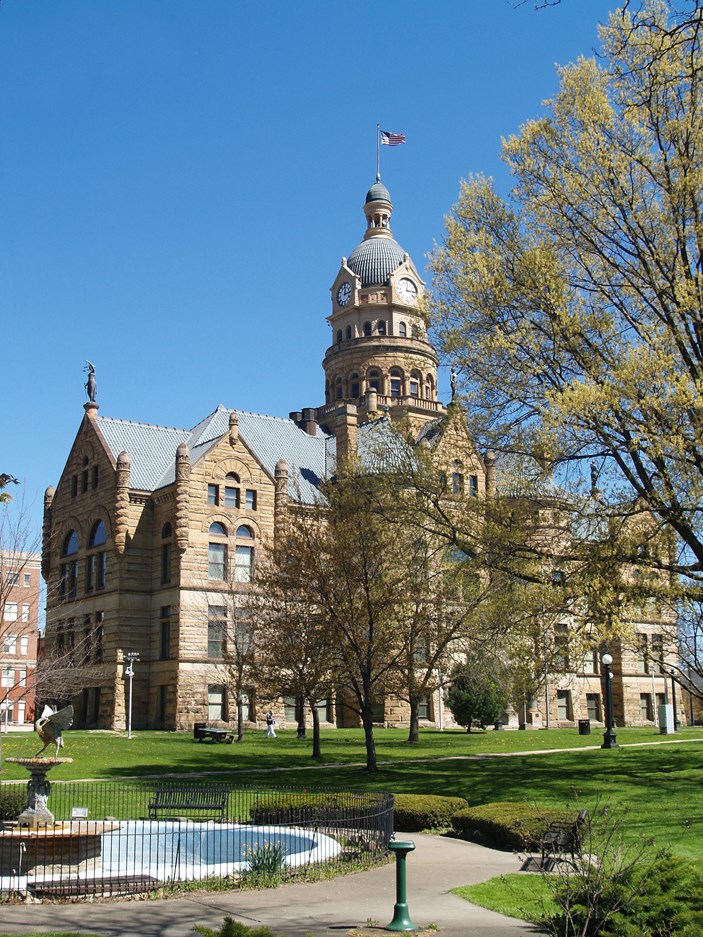Love History – a Look at Then & Now in Trumbull County
Founded over 200 years ago, this remarkable county is filled with five towns, six villages, and 24 townships, along with historical societies, and museums. Trumbull County, Ohio, is a testament to its heritage in both yesteryear and now.

Women’s Suffrage
Then: A personal friend to five presidents, Harriet Taylor Upton worked closely with Susan B. Anthony to secure women’s suffrage. These efforts culminated in 1920 with the passage of the 19th Amendment giving women the right to vote. Upton’s home on Mahoning Ave, still open to the public by appointment, was an important meeting place for those involved in the lengthy suffrage struggle.
Now: The 100th anniversary of the 19th Amendment was in 2020. Celebrate this milestone with a visit to the Upton House and Warren’s Women’s Park Garden, where there are walkways that wind through a landscaped garden and across a small brook. The bricks of these walkways are inscribed with the names of local and national women who’ve made a difference.


Heart of the Connecticut Western Reserve
Then: After the American Revolution, much of northeastern Ohio was governed by Connecticut. The land in this area was “in reserve” for people who lost their land in the war. With town greens, high-steepled churches, and distinctive “saltbox” houses, villages like North Bloomfield, Gustavus, and Mecca still have a flavor of New England to them.
Now: The building housing the Trumbull County Tourism Bureau was once the headquarters of the Connecticut Land Company, which sold deeds and tracts of land to early settlers. Just around the corner from the Tourism Office is the John Stark Edwards House Museum. Built around 1807, it is operated by the Trumbull County Historical Society and is one of the oldest structures in the county.
Trumbull County Aviation
Then: Ernie Hall was born in Warren, Ohio in 1897 with a passion for flight at a young age. Ernie’s accomplishments throughout his career bolstered his connections with other aviation giants such as the Wright Brothers, Henry Ford, Harvey Firestone, and Charles Kettering. He designed, built, and flew early airplanes, and also taught pilots in World War I. Ernie’s 1911 self-built monoplane has been displayed at the Smithsonian’s National Air & Space Museum in Washington, DC.
Now: At the Ernie Hall Aviation Museum in Warren, Oho, visitors can see memorabilia such as a piece of fabric from the plane that the infamous Red Baron was flying when he was shot down in 1918. Letters between Ernie & Orville Wright as well other aviation memorabilia are on display serving as a tribute to this legend.


Underground Railroad
Then: the residents of Trumbull County were so opposed to slavery that close to 1,500 people were members of 30 abolitionist societies. Sojourner Truth and Fredrick Douglass were frequent visitors to the area. The Warren-Ashtabula Turnpike, now St. Rte 45, was a major conduit for ferrying Freedom Seekers northward towards Canada.
Now: The Charles Brown Gothic Cottage in North Bloomfield and the adjacent Brownwood Farm, both homes of the Underground Railroad “conductors,” were thought to be connected by a tunnel. A sobering exhibit at the Sutliff Museum inside the Warren-Trumbull County Library has historical artifacts such as an auction notice for slaves, and an ankle restraint called a “hobble.”

